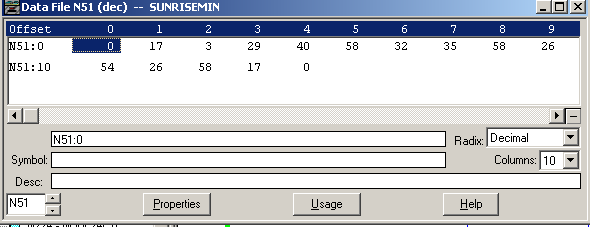Harian Kompas adalah surat kabar Indonesia yang berkantor pusat di Jakarta. Kompas diterbitkan oleh PT Kompas Media Nusantara yang merupakan bagian dari kelompok usaha Kompas Gramedia (KG), yang didirikan oleh PK. Ojong (almarhum) dan Jakob Oetama sejak 28 Juni 1965. Cara download epaper kompas gratis.
OverviewSome Arduino projects may improve its functionality by calculating sunrise and sunsets times or current moon age. You can create the weather station or animated clock that starts an animation in the morning and stops it at sunset time. There was one software library for Arduino on the Internet that could calculate some astronomical events, but actually it is not compatible with the current Arduino IDE version and the Time library, which is very convenient to manipulate the time in Arduino sketches. The new library can help you create such a interesting project.
Sunrise Sunset Calculator for Windows. This is a freeeware program that calculates sunrise, sunset and twilight times for locations worldwide. Once you set your location, you can hover your mouse over the sun icon to get some basic sunrise and sunset information. Dec 06, 2016 arduino library to calculate moon day and sunrise and sunset times - sfrwmaker/sunMoon.
Let's build simple schematics on the breadboard.The component list is very short, you can use any Arduino board you like: Nano or Uno, the breadboard and wires. The most valuable component of this project is a real time clock module. The DS3231 module has a high accuracy and uses only two wires to connect to the Arduino through the I2C bus.The data sheet of DS3231 module states that the module requires power supply of 5V. In this case you should use the backup accumulator LIR2032 which is not widely available and expensive.
In any hand, the clock module is proven to work at 3.3v and in this case you can use the battery CR2032 for backup.Do not put CR2032 battery in to the clock module in case of using 5V power supply, the battery can be damaged.

Vehicle identification number decoding chart. My garden features a set of 'garden lamps' which I turn-on at night.Arduino Astronomical Clock for Automatic Light ControlThere are many ways to automatically control these lights. The gadget I was using (until I completed this project, that is) was a simple. This product allows you to set separate turn-on and turn-off times and those repeat every day.

The disadvantage of this product is that, as the seasons change, you need to constantly adjust the turn-on and turn-off times. As illustrated in Figure 1, the variation over the year (in sunset time in this example) is very significant even at my Northern California latitude, with almost three hours difference between the earlier and latest sunset times!Figure 1 - Sunset time variation at my location (note: time axis is 'DST time' a.k.a 'summer time')Another approach to this problem, and one that you often find in many beginner elecronics projects, is to turn the lights ON/OFF based on some photo-sensitive device; a LDR or a photo-transistor for example. While this approach can be made to work reasonably well, it's not without its issues. It's hard to choose a threshold that won't either turn the lights ON too late or turn them OFF too early. In very cloudy days, you run the risk that the system will turn on unnecessarily. Furthermore, if a leave or some other object obstructs the light sensor, the device won't work properly.
It's not a very robust approach.My objective with this project was to build a system that, given my latitude and longitude coordinates and the current time/day of the year, automatically calculates the sunrise and sunset times, controlling the lights accordingly.